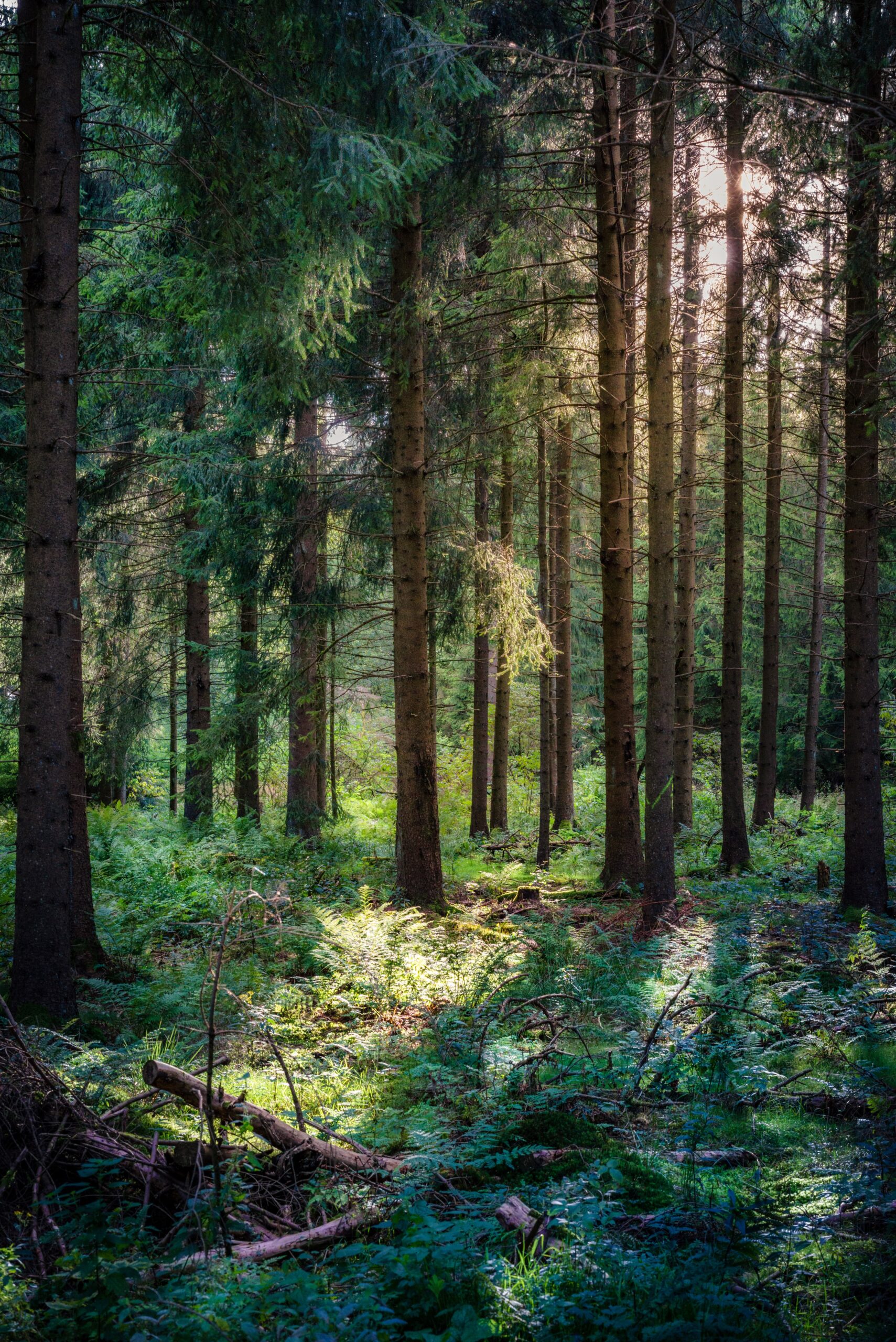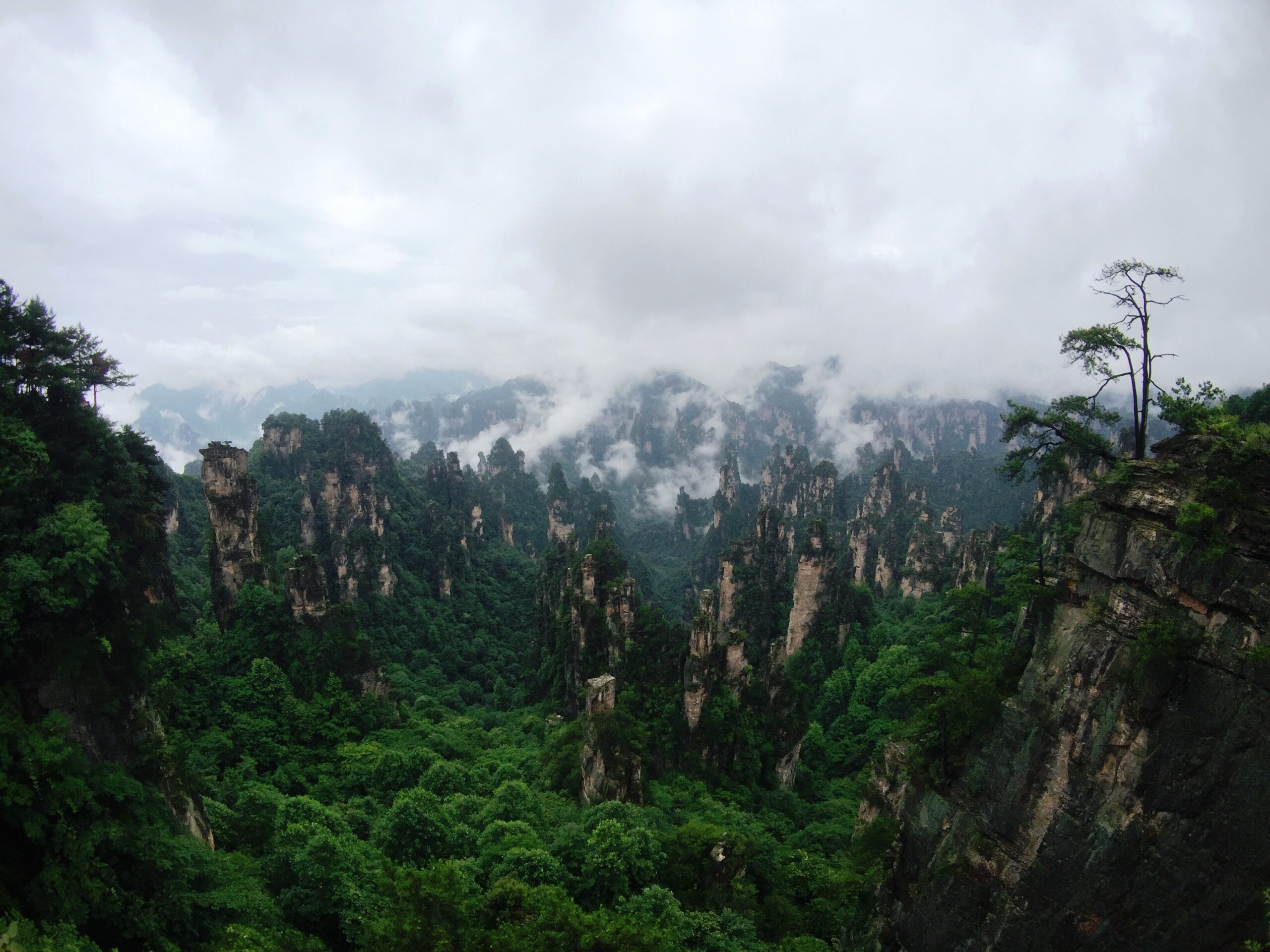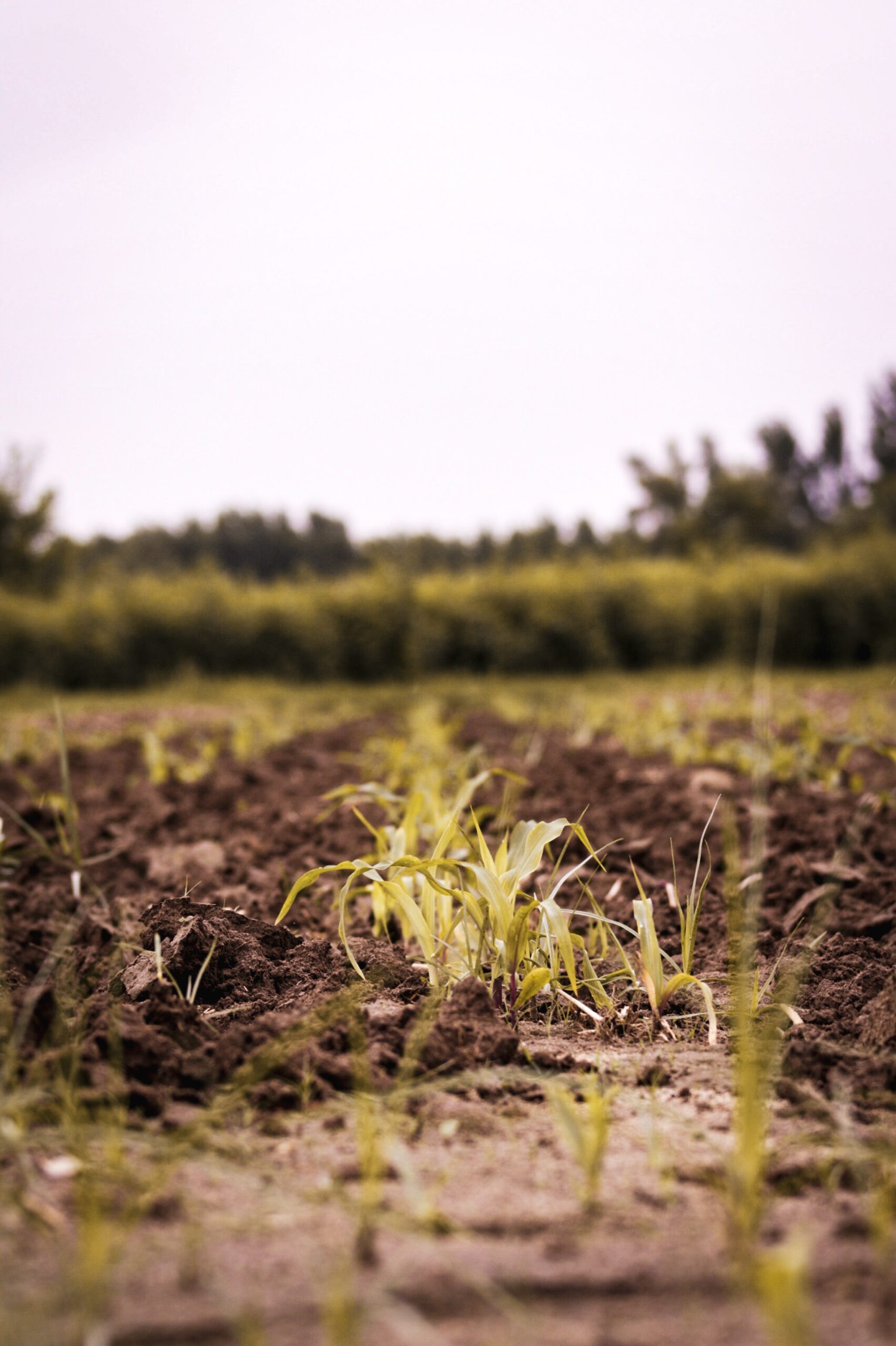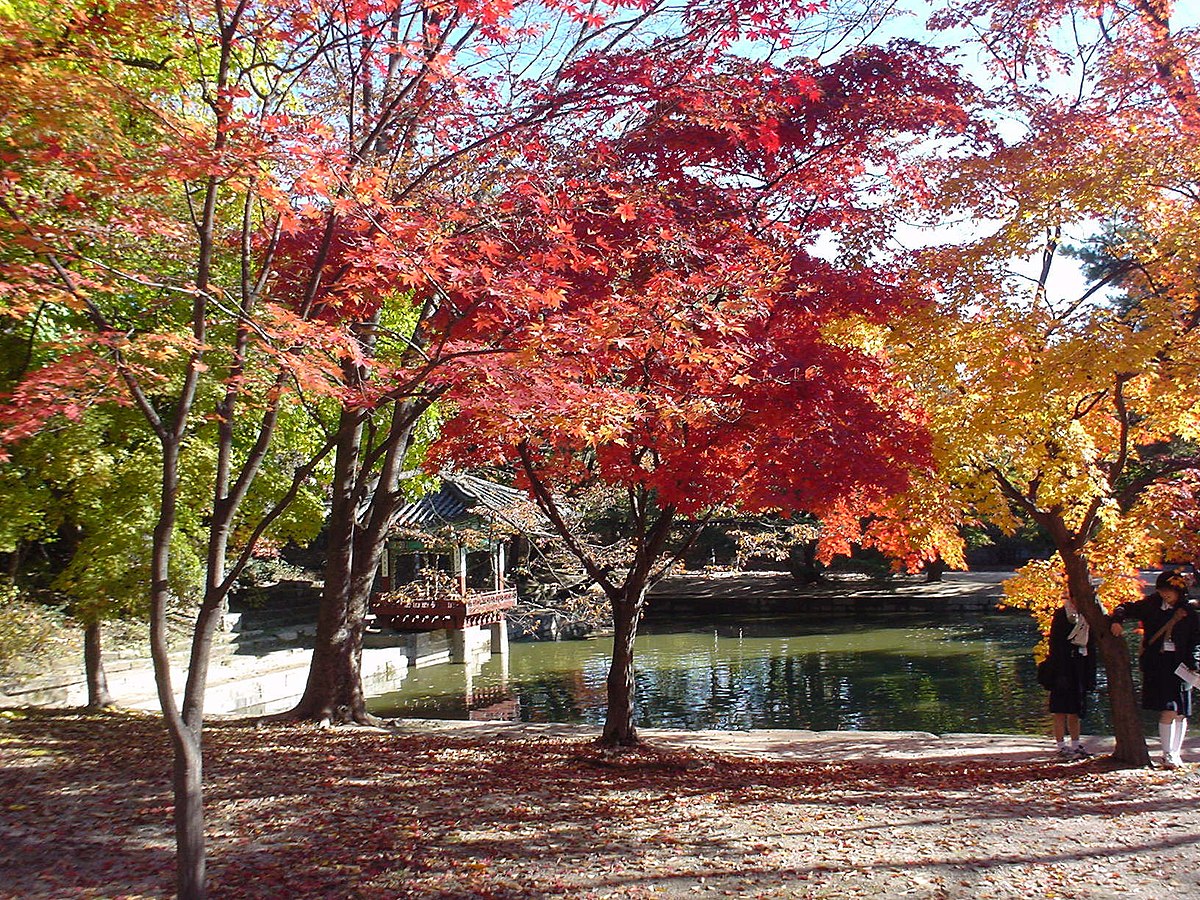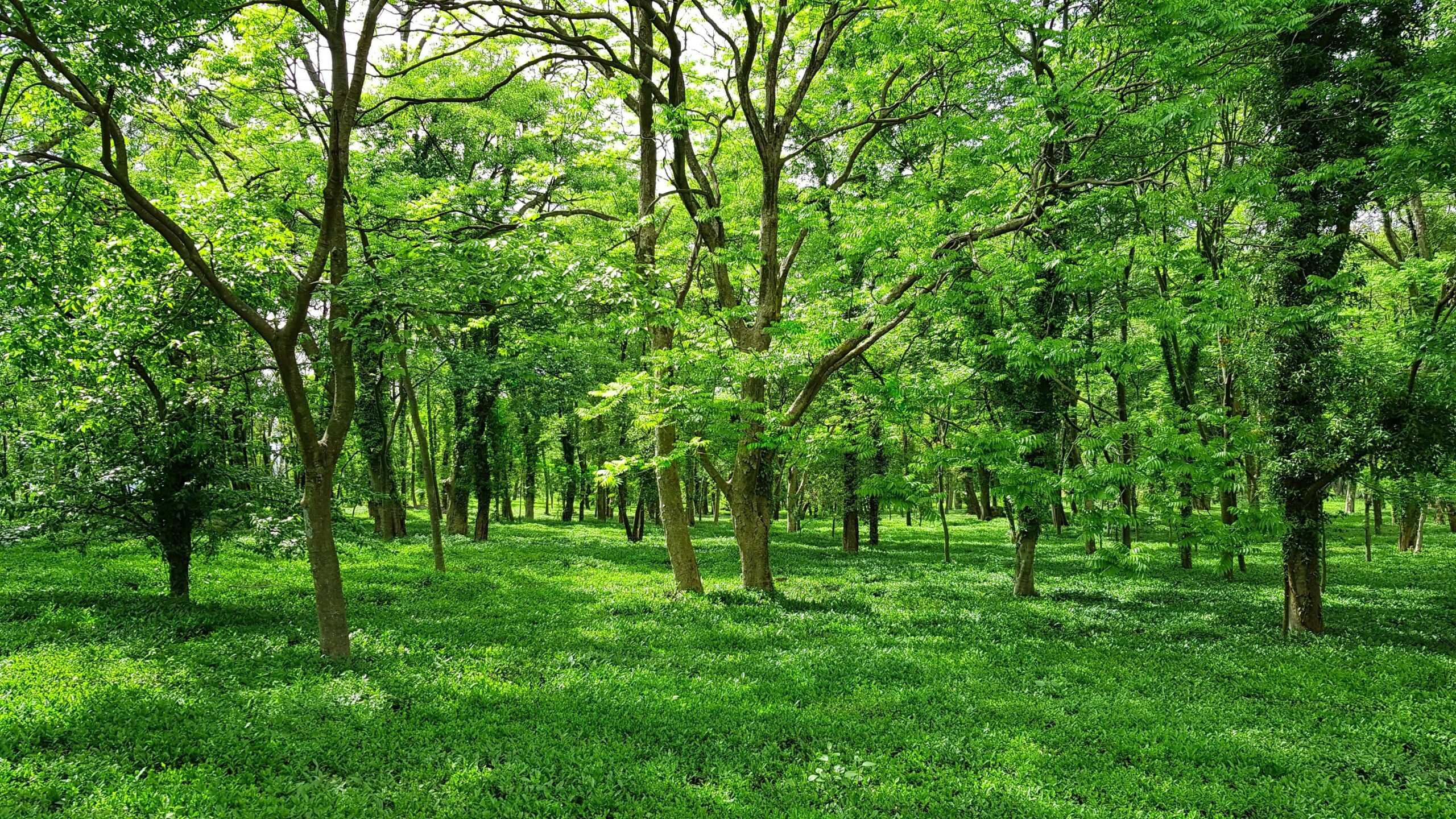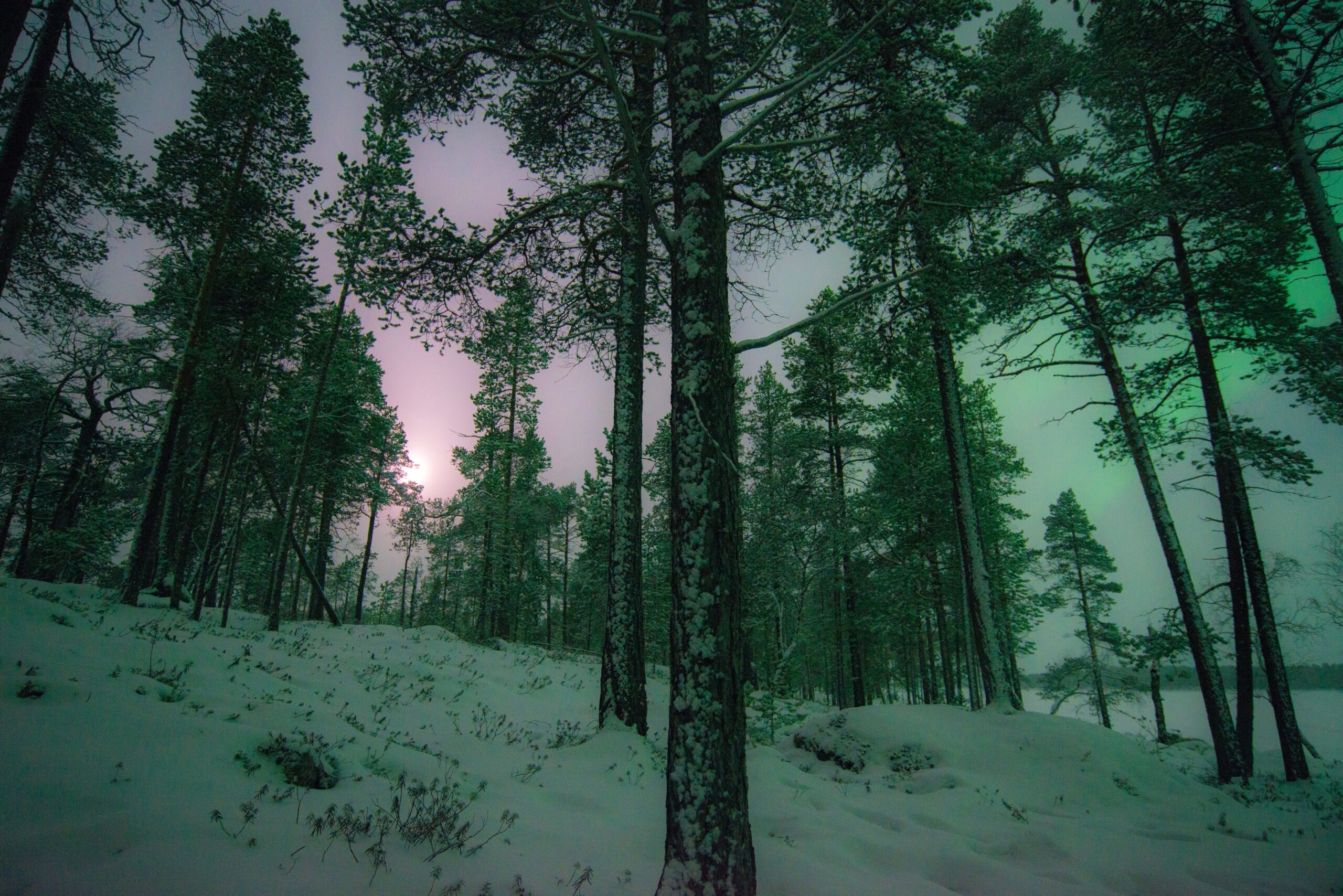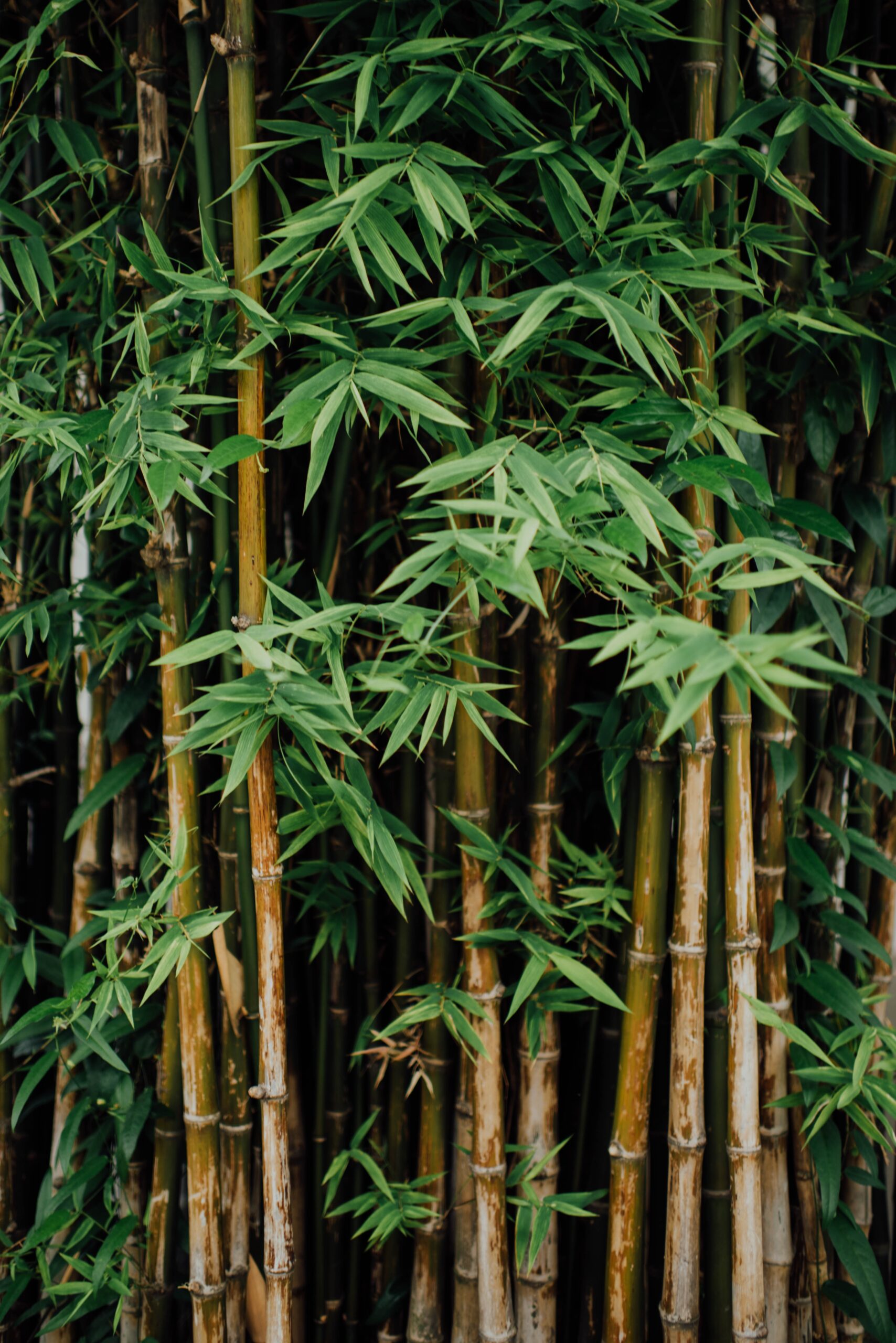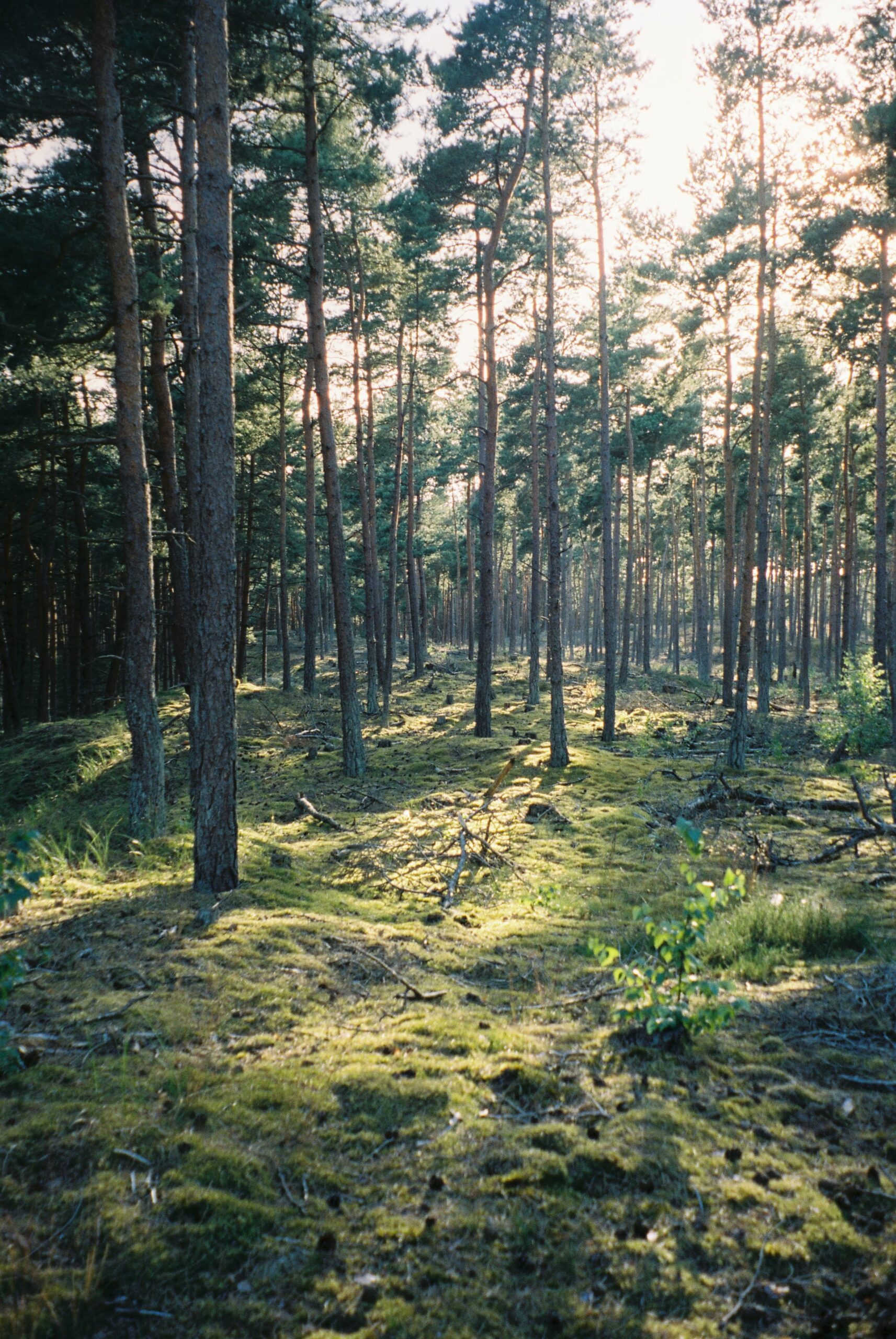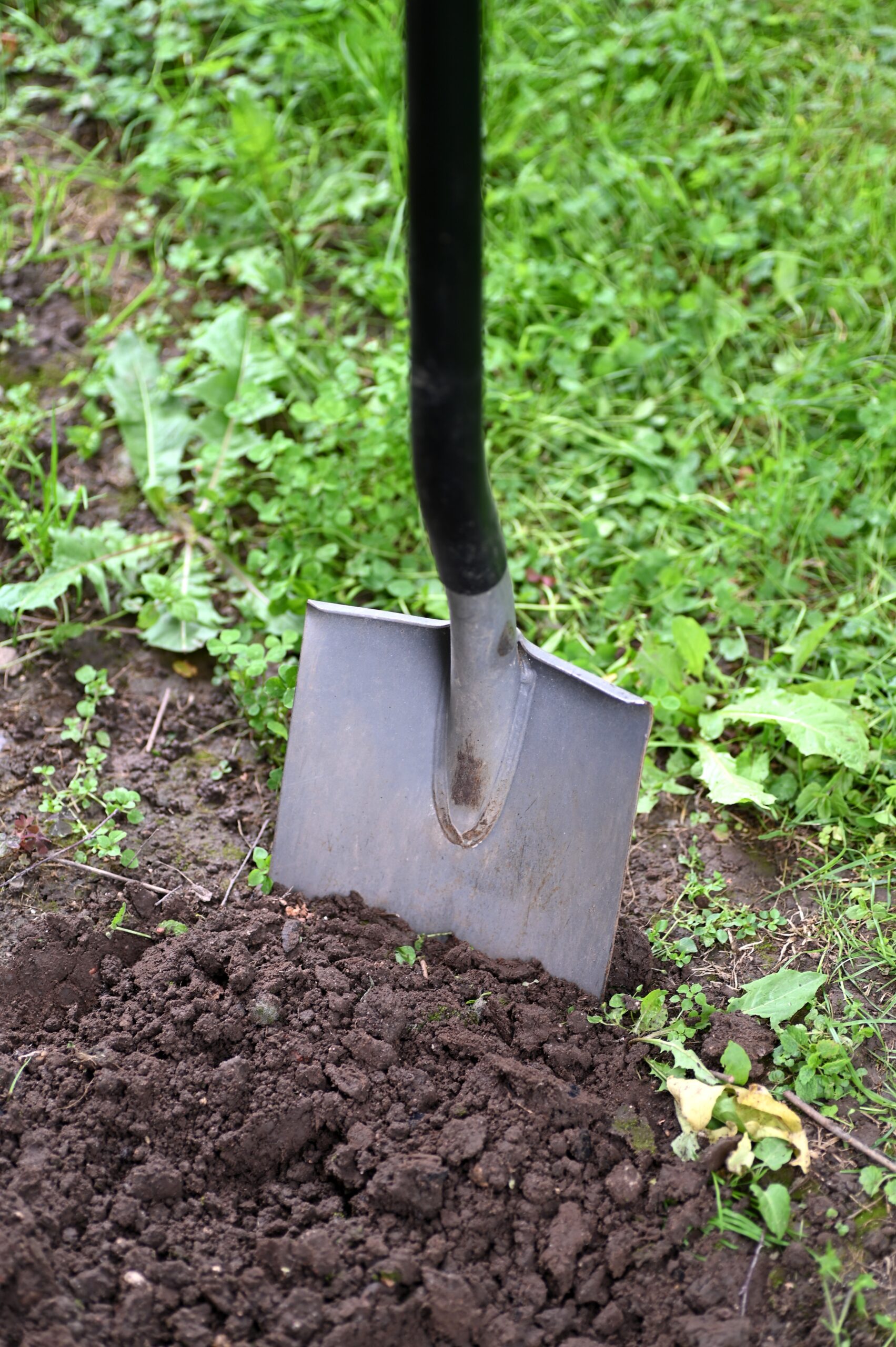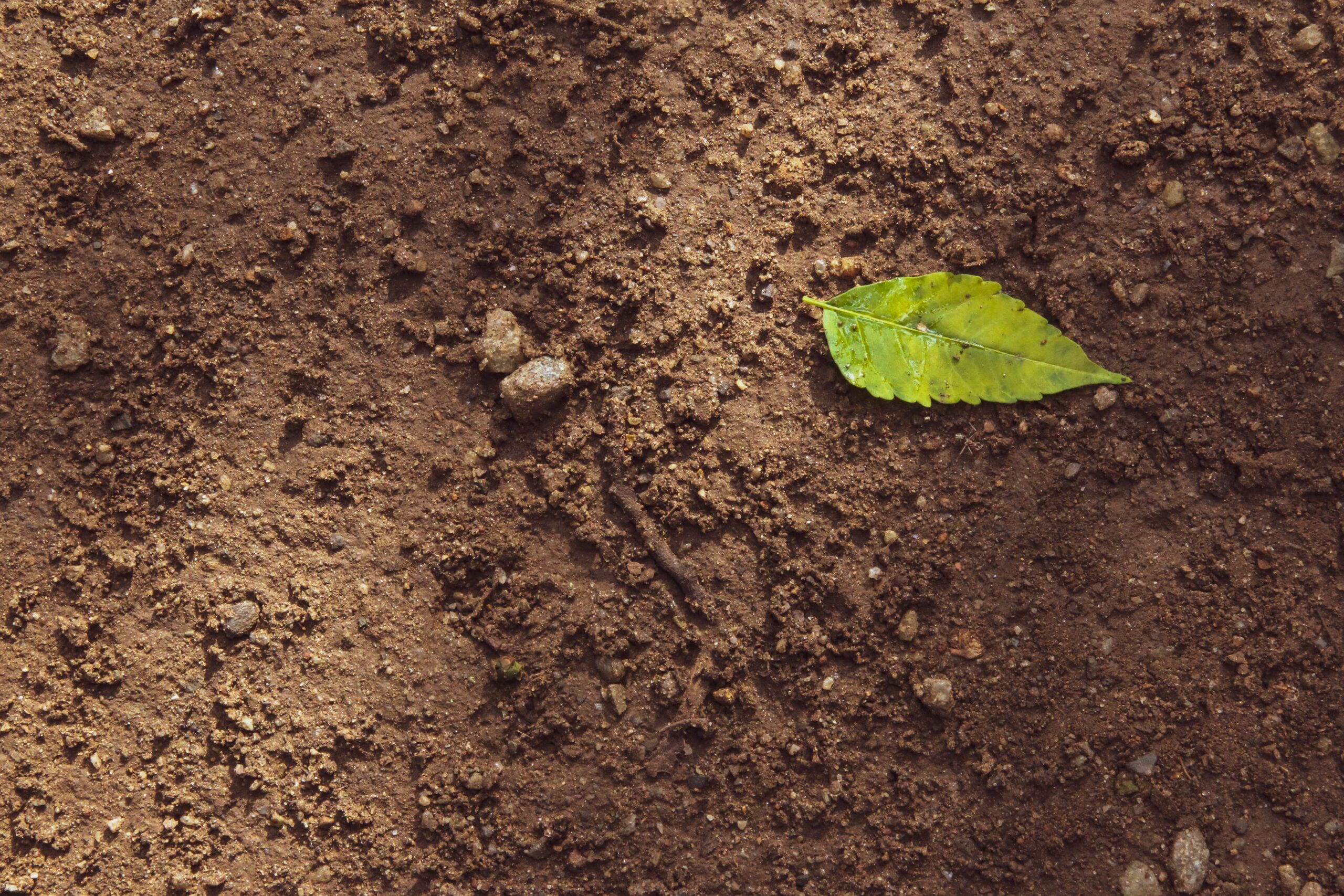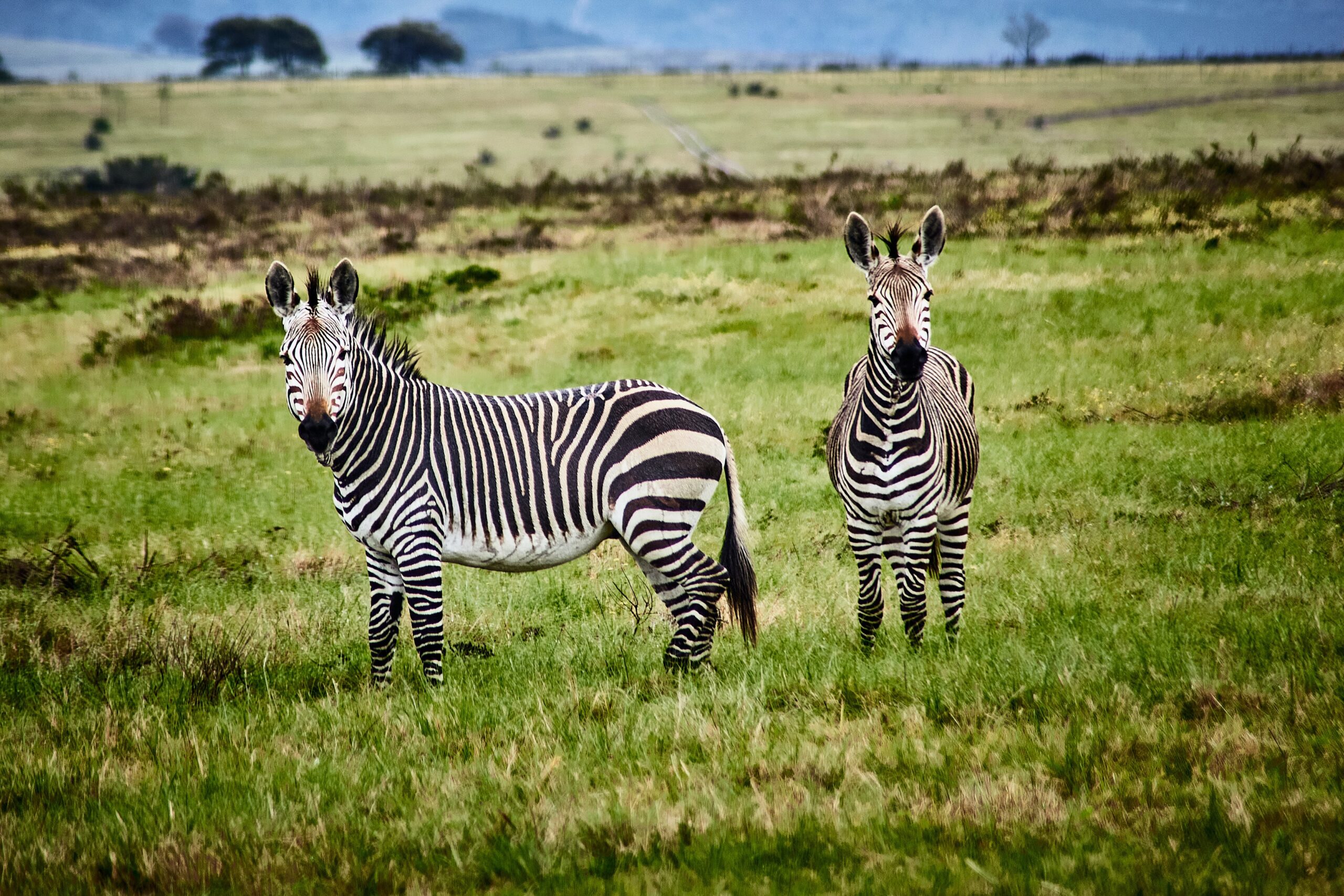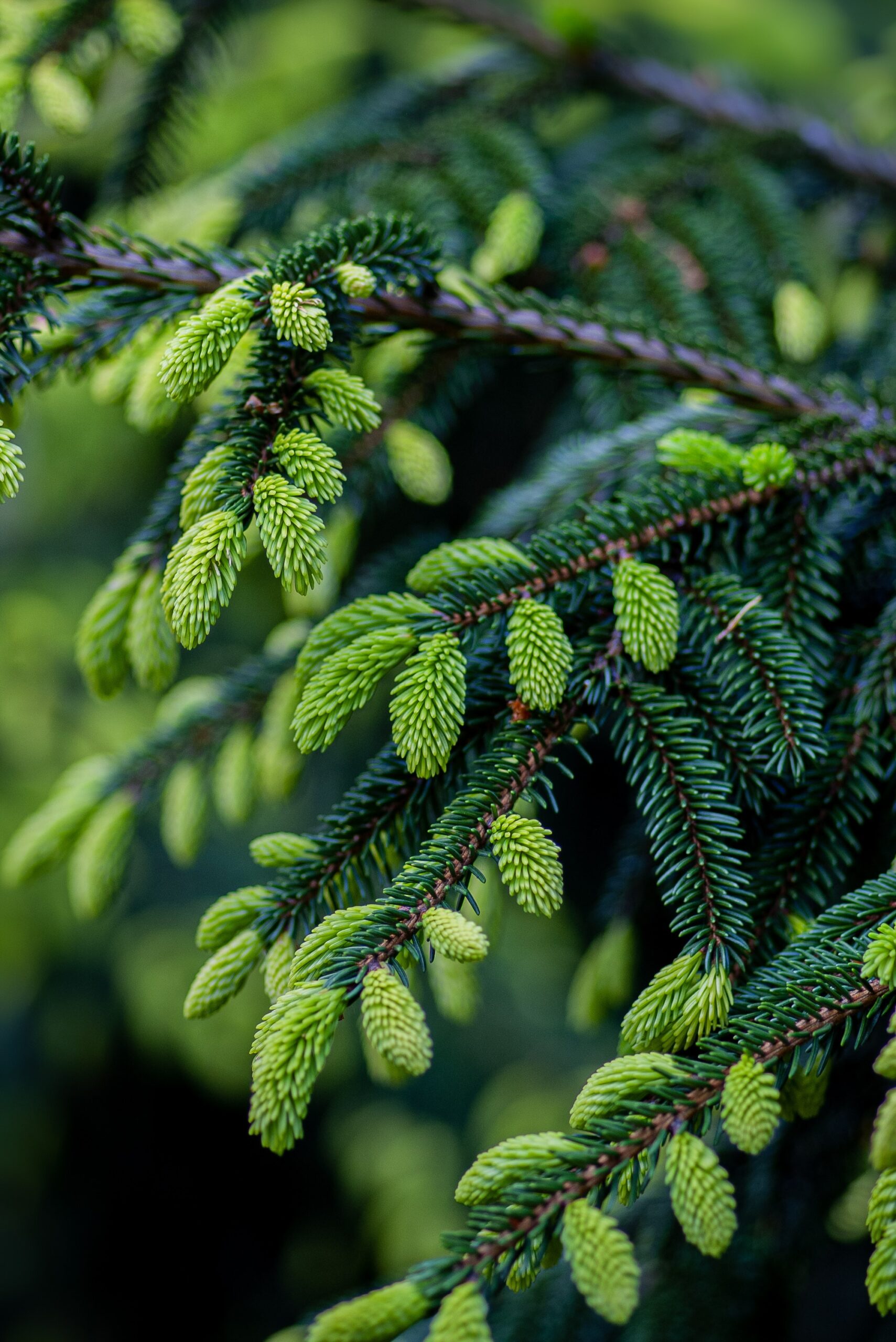Pollinator-driven diversification is thought to be a major source of floral variation in plants. Our knowledge of this process is, however, limited to indirect assessments of evolutionary changes. Here, we employ experimental evolution with fast cycling Brassica rapa plants to demonstrate adaptive evolution driven by different pollinators. Our study shows pollinator-driven divergent selection as well as divergent evolution in plant traits. Plants pollinated by bumblebees evolved taller size and more fragrant flowers with increased ultraviolet reflection. Bumblebees preferred bumblebee-pollinated plants over hoverfly-pollinated plants at the end of the experiment, showing that plants had adapted to the bumblebees’ preferences. Plants with hoverfly pollination became shorter, had reduced emission of some floral volatiles, but increased fitness through augmented autonomous self-pollination. Our study demonstrates that changes in pollinator communities can have rapid consequences on the evolution of plant traits and mating systems.





















































































































































































































































































































































































































































































































































































































































































































































































































































































































































































































